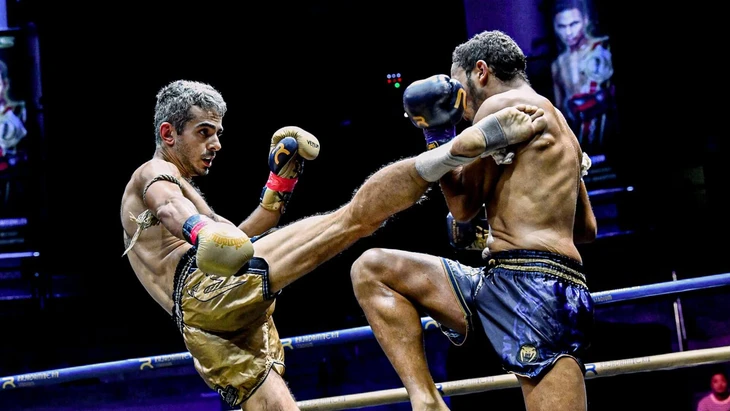
Muay Thai is famous for its kicks.
In any era of martial arts, kicks have always created great controversy, from spectacular flying kicks, high kicks, unpredictable spinning kicks, roundhouse kicks, to low kicks, pillar-breaking kicks that emphasize effectiveness.
Which kick, between Muay Thai, Taekwondo, Karate or Kickboxing, is the “strongest”?
The answer depends on how you define “strong”: as force, as speed, as combat effectiveness, or as danger.
A 2024 meta-analysis of kicking strikes across multiple combat sports (Taekwondo, Karate, Muay Thai, Kickboxing…) found that there is a large variation in impact force, speed, and “kinematics” of the kick — depending on technique and how the body transfers the force of the kick.
Muay Thai: Heavy kicks, high actual damage
Muay Thai has long been viewed by the martial arts community as “fighting to win” — not for show or points.
The characteristic of Muay Thai is the roundhouse kick or low-kick using the shin, combined with hip rotation, transferring the entire body weight into the kick. A Muay Thai roundhouse kick, if done correctly, is like “hitting the opponent with a wooden stick”.
Many legendary Muay Thai fighters are revered for their “hammer kicks” — like Apidej Sit-Hirun, who was once considered one of the “strongest kickers in Muay Thai history” with kicks powerful enough to break opponents’ arms.
In a real combat setting — especially in kickboxing and MMA — muay kicks are often highly regarded for their ability to inflict damage, knocking opponents off balance, reducing their mobility, and even causing a knockout.
So if you mean “strong” in the sense of actual damage, Muay Thai has a huge advantage.
Taekwondo: speed, variety, surprise
Taekwondo is often known for its high, spinning, jumping kicks — “stuff” suitable for performance, sports competition, or when wanting to attack at long range/unexpected opponents.
According to martial arts analysis, Taekwondo spin-kicks, back-kicks, and axe-kicks can generate very high speeds by rotating the body and jumping strongly from the hips — sometimes causing the opponent to “bounce back” if hit accurately.

Taekwondo has many beautiful kicks - Photo: TMK
However, the disadvantages of Taekwondo moves are: many moves require high technique, balance and great precision. If the move is not performed correctly, the kick can be easily blocked or countered; and the impact force (if using the foot — not the leg — to receive the move) is often not as explosive and heavy as Muay Thai.
In other words: taekwondo is great for “fast, beautiful, unexpected strikes” — but in terms of “heavy damage,” it is not as powerful as muay.
Karate: precise, effective
Karate — especially traditional schools often develop front kicks, side kicks, side-kicks, etc., with the philosophy of “kime” — that is, tightening the muscles and putting all the force into the moment of striking.
Kkrate's strengths lie in precision, distance control, close-quarters approach, or quick counterattacks — this gives many karate-based fighters an advantage when moving to the mixed martial arts arena (MMA, Kickboxing) when combining kicks + punches + moves.

Karate kicks rely on foot strength - Photo: MN
However, Karate typically uses the feet — not the shins — as the point of impact, so the overall power is lower compared to Muay Thai's “shin-hip-weight” punches. Karate also does not prioritize low-kicks to the opponent's thighs or thighs — something Muay Thai exploits very effectively to eliminate mobility.
Karate kicks are not really powerful, but are still very impressive if the fighter knows how to use them at the right time, at the right distance, and to target the opponent's weak points.
Kickboxing: mixed styles — the “customization” advantage
Kickboxing is a modern martial art that blends techniques from boxing, karate, muay Thai... to create a comprehensive fighting style, both kicking and punching.
In kickboxing (and competitions like K-1), low-kicks like muay thai, roundhouse kicks, straight kicks, bounce kicks, spinning kicks… are used flexibly.
The advantage of kickboxing is its high applicability and suitability for real combat: you don't have to stick to a fixed style, but can combine kicks, punches, and moves depending on the situation.
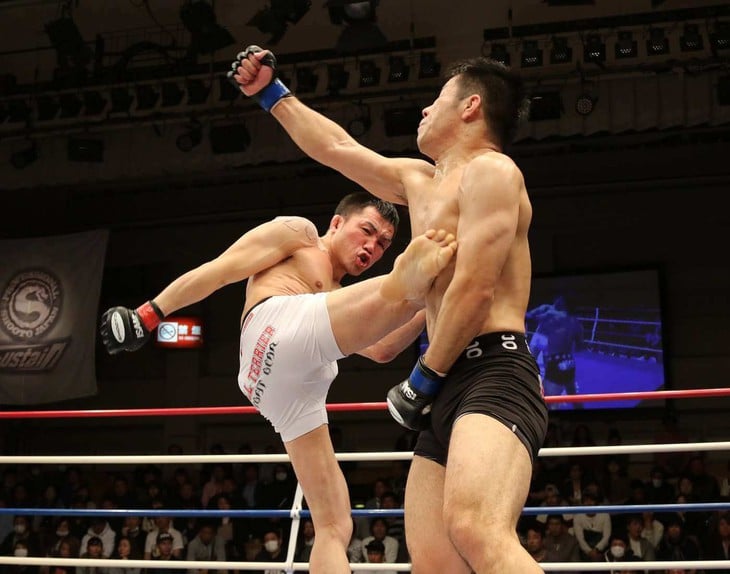
Kickboxing combines many powerful styles - Photo: TP
However, due to its “hybrid” nature, kicks in kickboxing are not as specialized as muay (specializing in heavy kicks) or taekwondo (specializing in beautiful kicks), so there is no “best kick” that lasts forever — strength or weakness depends largely on individual skill.
If you’re looking for “heavy, knockout, defense-breaking” kicks, Muay Thai excels. If you want fast, surprising, and varied kicks — Taekwondo excels.
If aiming for precision, distance control, and combination of moves — karate has the advantage. And kickboxing is strong in flexibility, adapting to the opponent and the actual combat/competition situation.
Source: https://tuoitre.vn/don-da-mon-nao-manh-nhat-taekwondo-karate-muay-hay-kickboxing-20251127110128199.htm








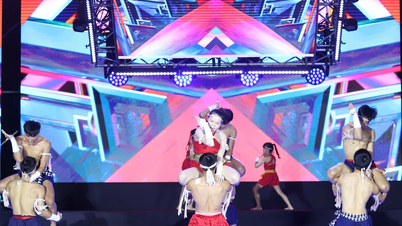

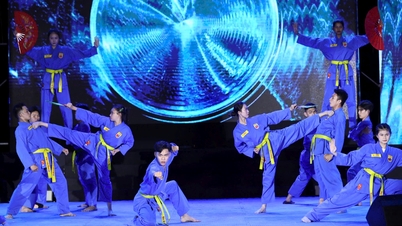

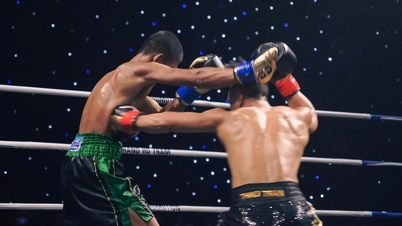
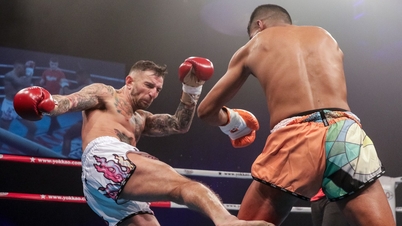
























































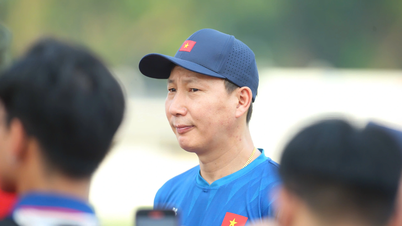




































Comment (0)